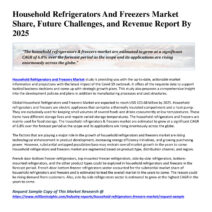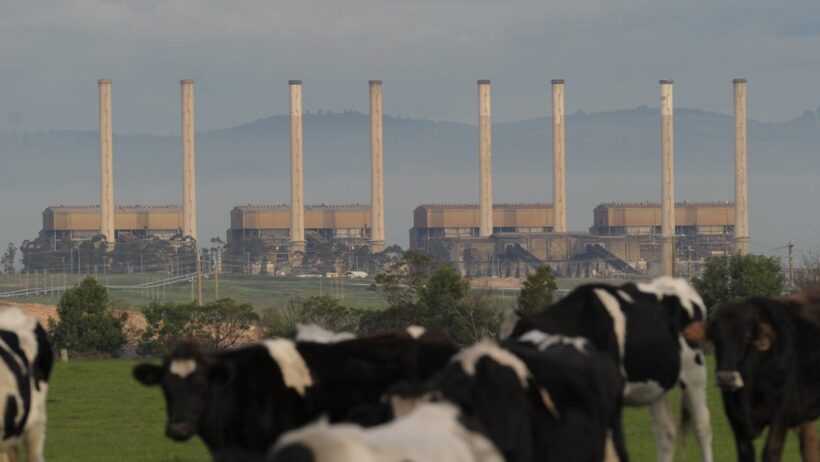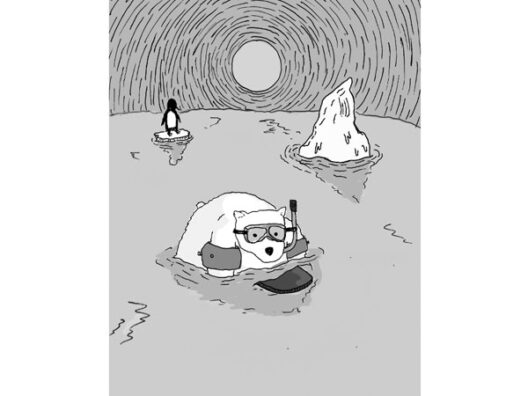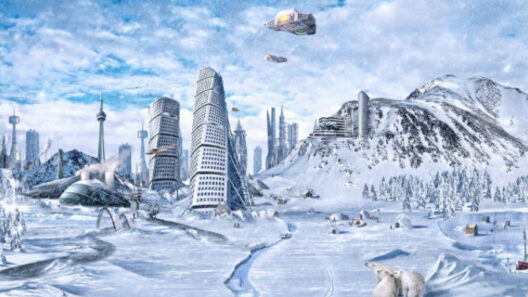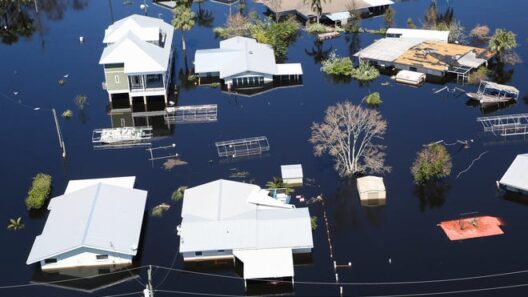The question surrounding the existence of global warming and climate change has dominated debates among scientists, policymakers, and the general populace alike. As the climate crisis escalates, understanding the scientific consensus on global warming becomes imperative. This article delves into the prevailing perspectives of scientists regarding global warming, examining the empirical evidence that underpins their conclusions and the implications for society at large.
Understanding the consensus is not merely a matter of numbers; it encapsulates the intricate relationship between scientific research, public policy, and individual responsibility. Let’s explore the multifaceted world of scientific opinion on global warming.
The Numerical Consensus: Statistics You Should Know
In the realm of scientific inquiry, consensus can often be a slippery concept. However, extensive studies indicate an overwhelming agreement among climate scientists concerning anthropogenic global warming. Surveys have illuminated the fact that upwards of 90% of climate scientists believe that human activity is significantly contributing to climate change. This figure is compelling and speaks to the robust nature of the scientific method—where rigorous peer review and replication yield a cohesive body of knowledge.
These statistics engender a sense of urgency. They compel us to consider the implications of ignoring the scientific consensus. If so many experts agree, it raises critical questions about societal priorities and the direction of public policy.
Causation vs. Correlation: Understanding the Mechanisms
To grasp why scientists are so convinced about global warming, one must dig into the mechanisms at play. The primary driver identified is the increase in greenhouse gas emissions, particularly carbon dioxide and methane. These gases find their way into the atmosphere through various activities such as fossil fuel combustion, deforestation, and industrial processes.
This accumulation of greenhouse gases creates a blanket effect, trapping heat and leading to the warming of the Earth’s surface. Numerous studies have outlined this correlation, employing advanced climate models to predict future scenarios—scenarios that point to increasingly severe weather events, rising sea levels, and biodiversity loss.
The scientific community employs various methodologies to assign credibility to these patterns. Longitudinal studies spanning decades, alongside ice core samples and oceanic data collection, provide a robust framework for understanding climate variability and affirming the trajectories of warming. Indeed, when the data from these studies are aggregated, the picture painted of our climate crisis becomes starkly pronounced.
The Role of Peer Review in Establishing Credibility
The path to consensus does not occur overnight. It is often the result of meticulous research, review, and debate within the scientific community. The peer review process serves as a critical mechanism for establishing credibility, wherein independent experts scrutinize findings before they are published. This process helps identify errors, biases, and gaps in research, thereby fortifying the conclusions drawn.
Moreover, various meta-analyses have emerged, synthesizing findings from multiple studies to present a clearer picture of climate science. One notable example is the work conducted by institutional collaborations focusing on climate change; their reviews reinforce the narrative that human influence on climate is not only scientifically valid but also overwhelmingly supported by the data.
Communication of Scientific Findings: Bridging the Gap
Even with a robust consensus, one of the greatest challenges lies in effectively communicating these findings to the general public and decision-makers. The scientific lexicon can be dense and filled with jargon, making it difficult for non-experts to fully grasp the implications of climate data. This disconnect can lead to skepticism and misinformation proliferating in society.
Scientists have initiated various outreach programs, collaboratives, and platforms to bridge this gap. Visual representations of scientific findings—like graphs depicting rising CO2 levels or temperature shifts—along with accessible language can foster better public understanding. Media outlets, policymakers, and educators play a pivotal role in disseminating this information, making it that much easier for the community to engage with the science of climate change.
Climate Change: Political Discourse Meets Scientific Fact
The intersection of climate science with politics presents yet another layer of complexity. Public perception is frequently shaped by political affiliations, media portrayal, and cultural narratives surrounding environmental issues. The decisive consensus among scientists has not always translated unanimously into policy action, leading to calls for urgency in aligning scientific advice with political responsibility.
Legislative frameworks must become more attuned to the scientific consensus. Comprehensive policies—whether through the promotion of renewable energy, carbon taxes, or conservation efforts—are indispensable if we hope to mitigate the catastrophic effects anticipated under current trajectories of climate change.
The Future of Climate Science: Ongoing Research and Call to Action
As new technologies evolve, so too does the precision of climate modeling and data collection. Scientists continually explore avenues of research, striving to enhance understandings and anticipate future changes in our climate. Ongoing assessments also examine the socio-economic impacts of climate change, providing context for policymaking that considers both environmental sustainability and economic viability.
In conclusion, the overwhelming percentage of scientists who affirm the existence of anthropogenic global warming is not merely a statistic—it’s a clarion call for immediate action. As individuals empowered with knowledge, we must advocate for transparent communication of this science and engage genuinely in the collective efforts to combat climate change. Our planet’s future hinges on the decisions we make today, guided by the consensus grounded in rigorous scientific inquiry.

